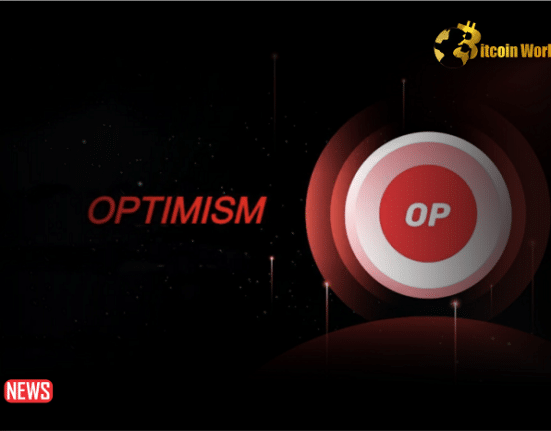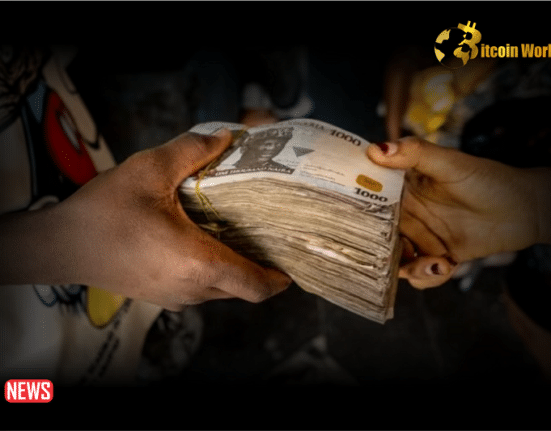In a surprising turn, the mass flight of capital from the US banking system has stopped, as depositors have shown renewed confidence by pouring billions of dollars into American bank accounts. This article examines the recent influx of funds, the rebound of regional banking stocks, and the potential implications for the banking sector’s future. While the short-term recovery is encouraging, concerns about the overall health of American banks persist, as signaled by Treasury Secretary Janet Yellen’s warning of potential consolidation in the face of challenges in the commercial real estate sector.
The Inflow of Deposits
Over the past two weeks, depositors have added a staggering $133.16 billion to US bank accounts, reflecting a diminishing panic regarding the banking system’s safety. In the most recent week alone, customers deposited $46.58 billion, according to Federal Reserve Economic Data (FRED) system data. This sudden influx of funds has brought relief to financial institutions and has been accompanied by positive market indicators.
Rebound in Regional Banking Stocks
As depositors regained confidence in the banking system, regional banking stocks experienced a notable rebound. An example is PacWest Bancorp, whose shares rose from $6.45 on May 31st to $8.53 at the time of publishing. This resurgence in regional banking stocks reflects growing optimism among investors, fueled by expectations of the Federal Reserve’s potential pause in interest rate hikes.
Optimism Amidst Uncertainty
The banking sector’s increasing optimism stems from the likelihood of the Federal Reserve refraining from raising interest rates. According to the CME’s FedWatch tracker, 70.1% of investors anticipate the Fed will leave rates unchanged for the first time since March of the previous year. This expectation provides a favorable environment for banks to stabilize and recover from their recent challenges.
Concerns about the Banking Sector
Although the recent inflows and positive market indicators are encouraging, the long-term health of American banks remains uncertain. Treasury Secretary Janet Yellen has cautioned about the likelihood of further consolidation in the banking sector due to difficulties in the commercial real estate market. Yellen believes that banks are preparing for restructuring and potential hardships, but overall, the capital and liquidity in the banking system are deemed strong enough to handle the strain.
Unrealized Losses Pose Challenges
A February report from the Federal Reserve revealed that more than 700 American banks have reported unrealized losses exceeding 50% of their capital. This sobering statistic underscores the challenges the banking sector faces and highlights the need for vigilance moving forward. However, with the recent capital inflows and the resilience of banks, there is hope that they will weather the storm and emerge stronger.
The reversal of the mass flight of capital from the US banking system has brought relief and renewed optimism. With billions of dollars being deposited into American bank accounts and regional banking stocks rebounding, the immediate outlook appears positive. Nonetheless, concerns about the overall health of American banks persist, with potential consolidation looming in response to commercial real estate sector troubles. As the banking industry navigates these challenges, banks’ strong capital and liquidity position instills confidence that they can withstand the strain and emerge resilient.














